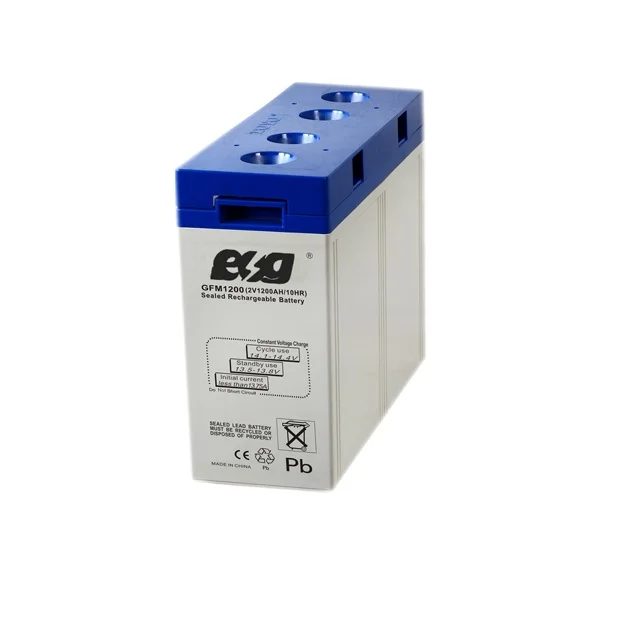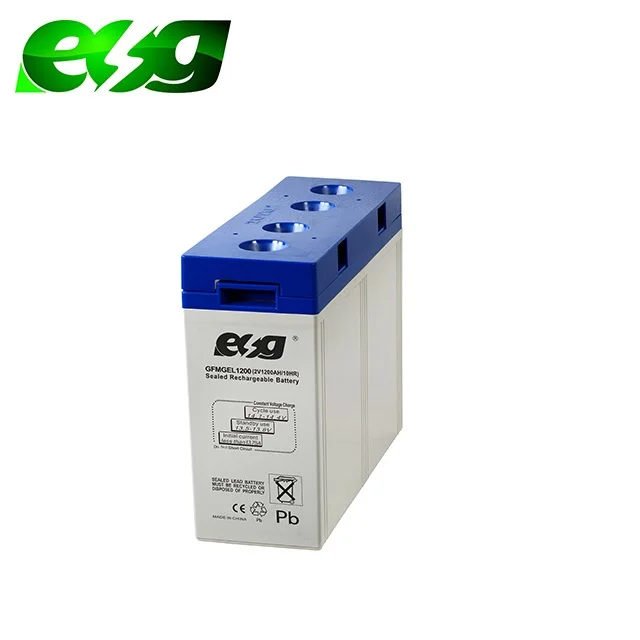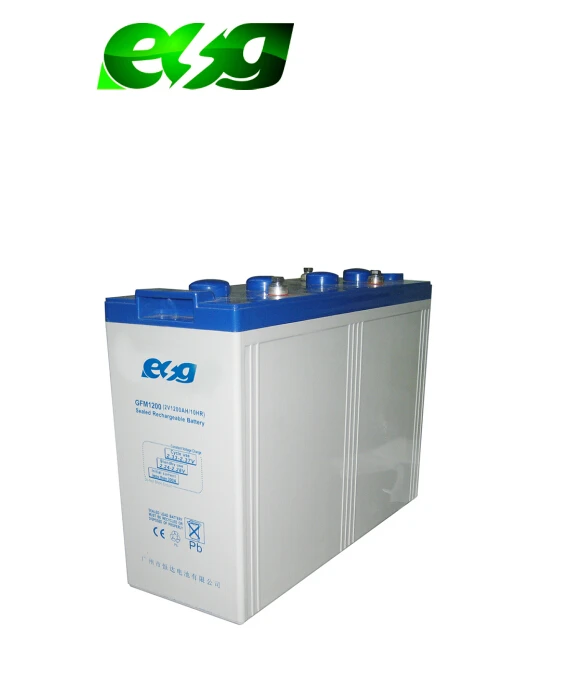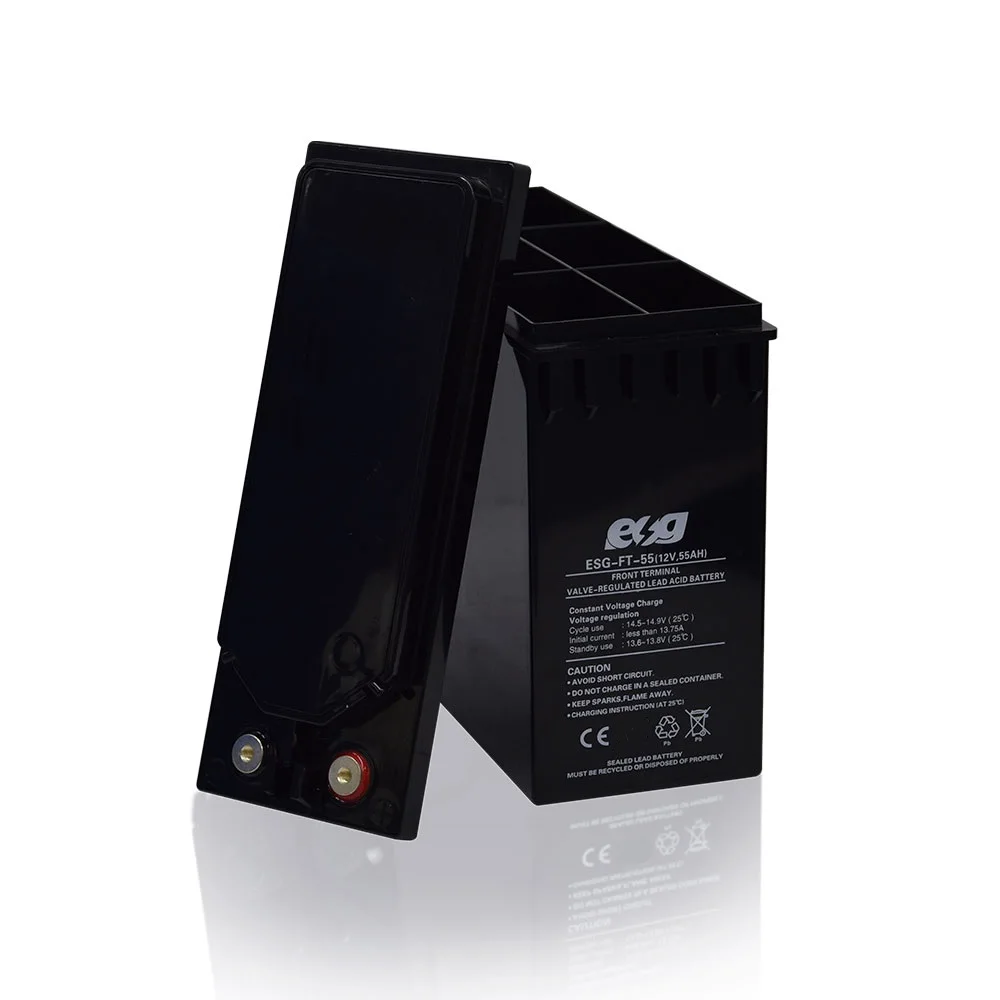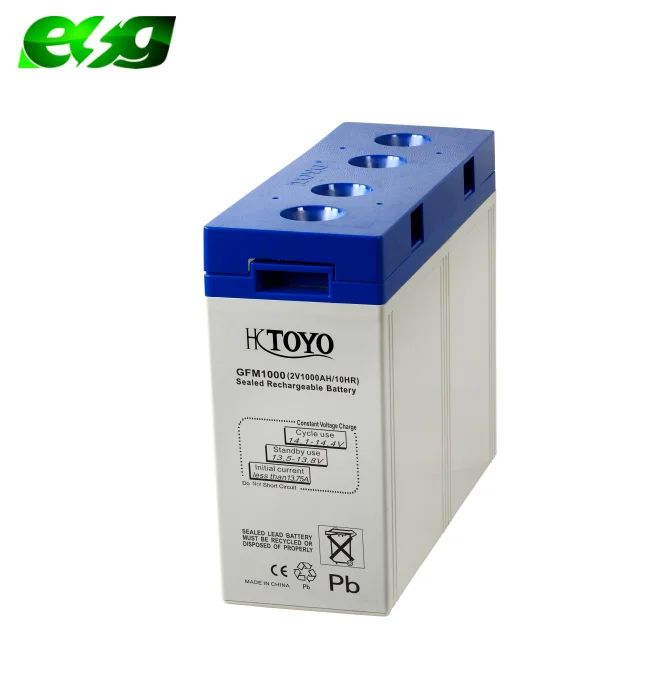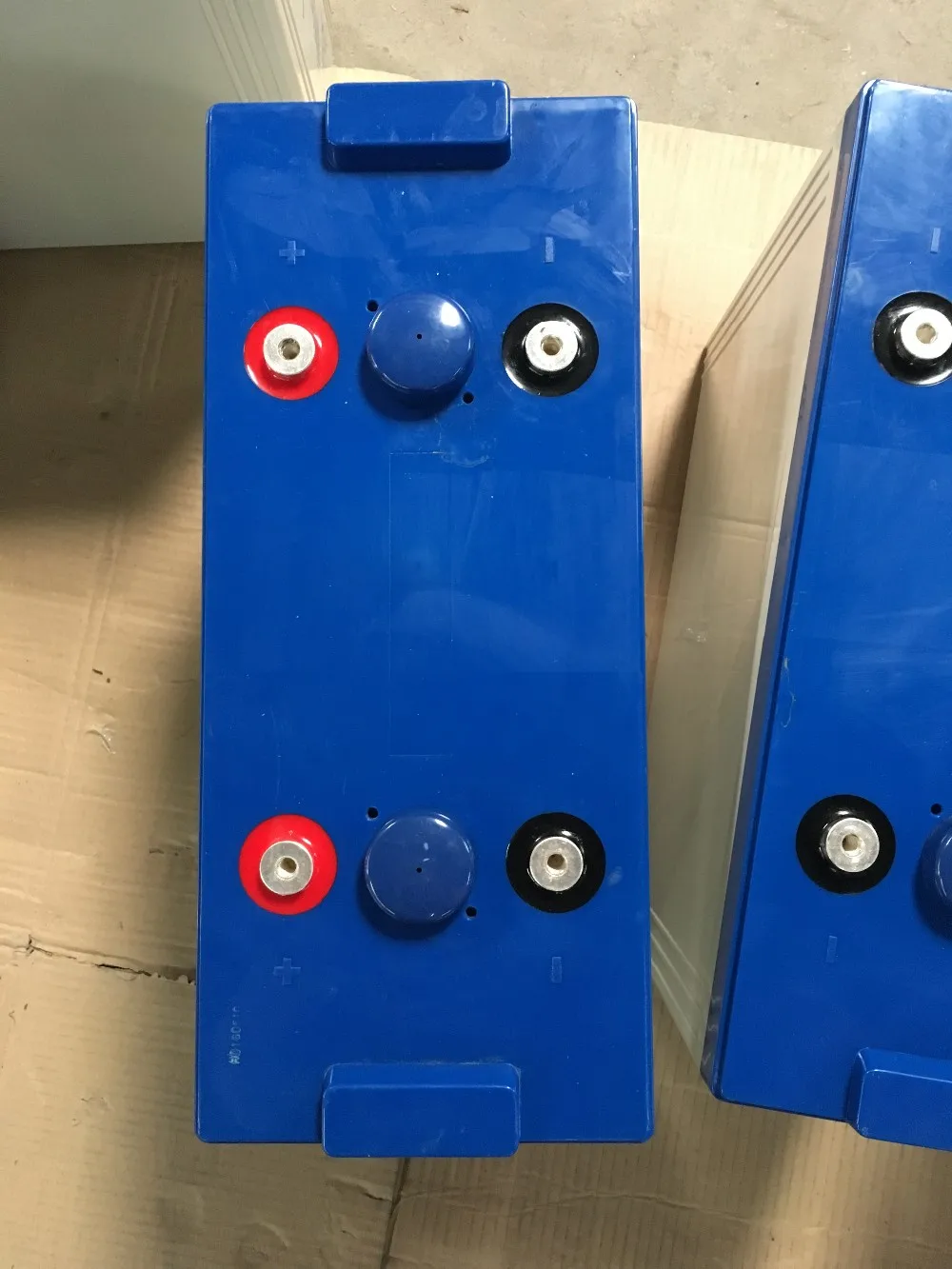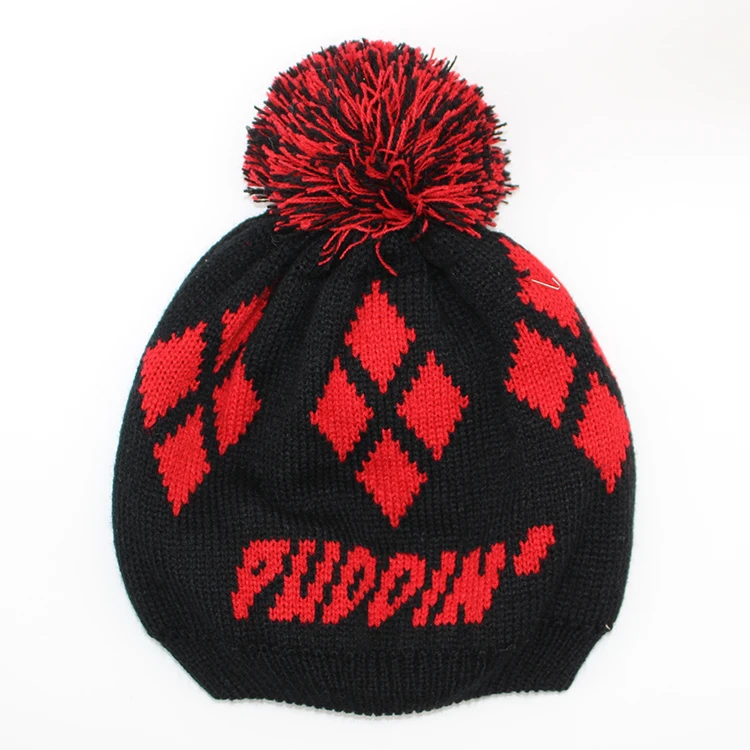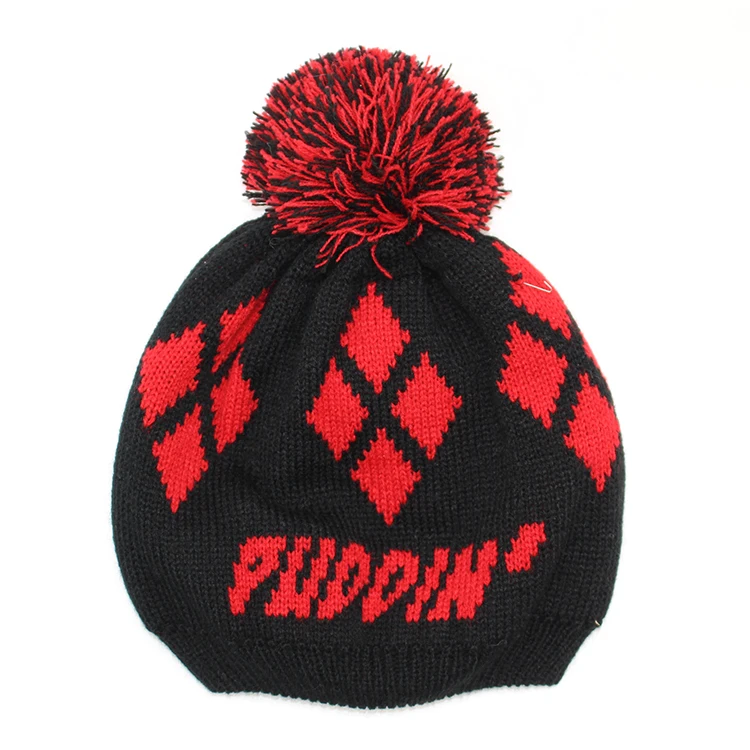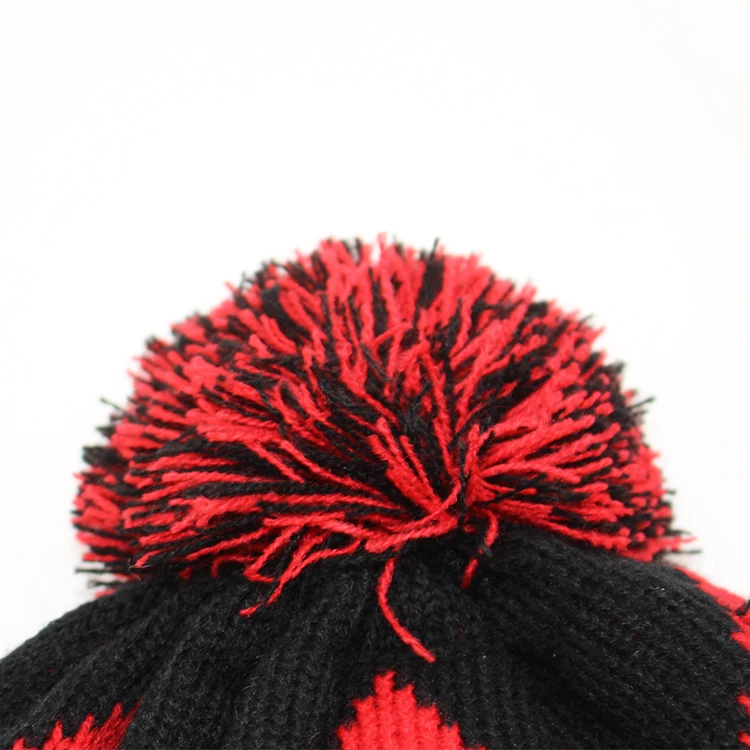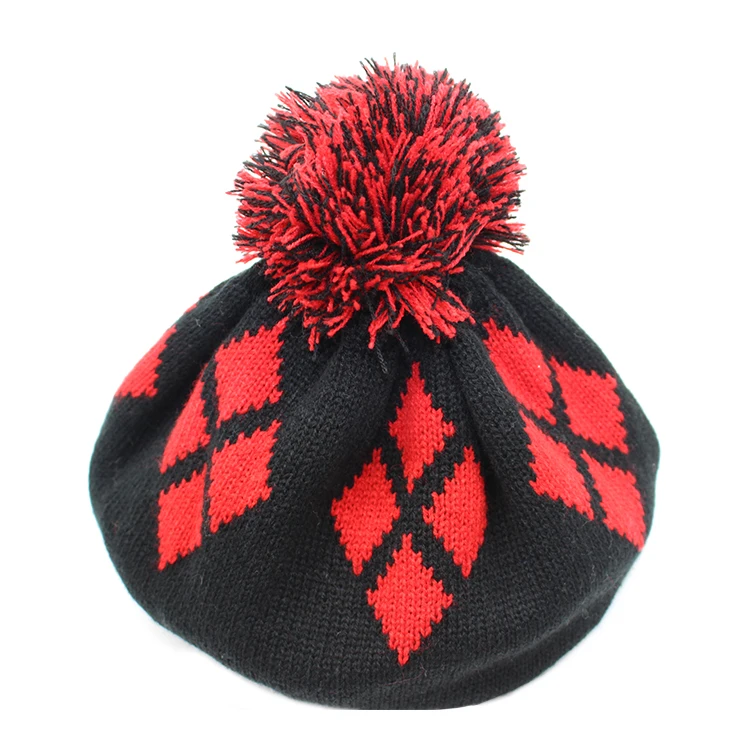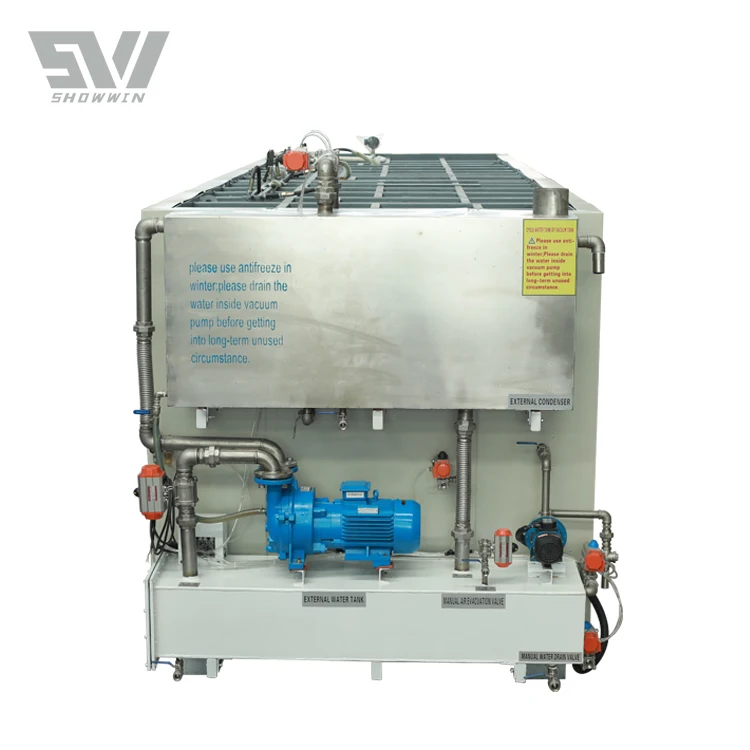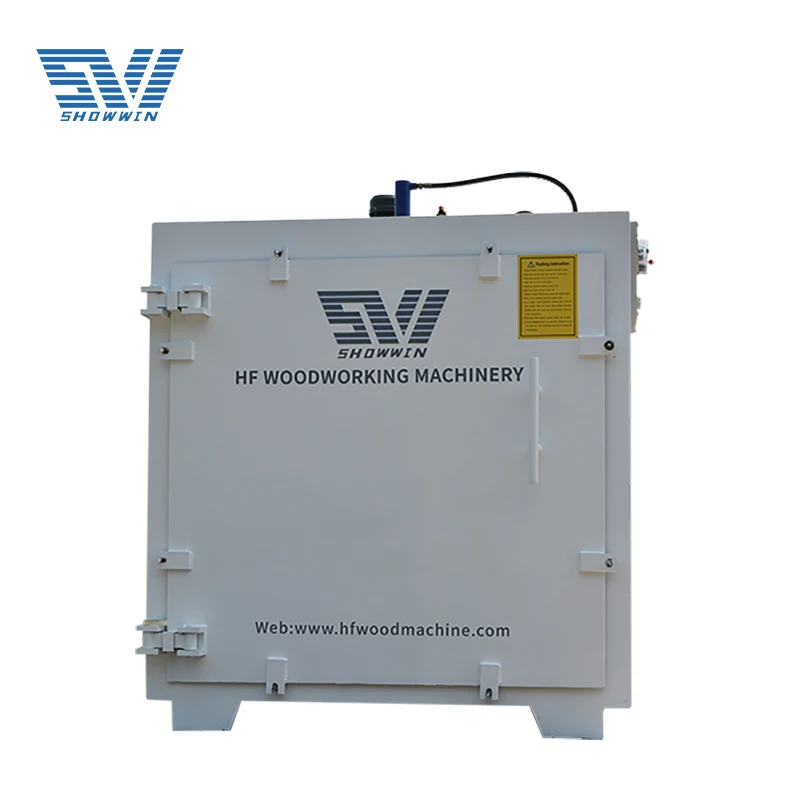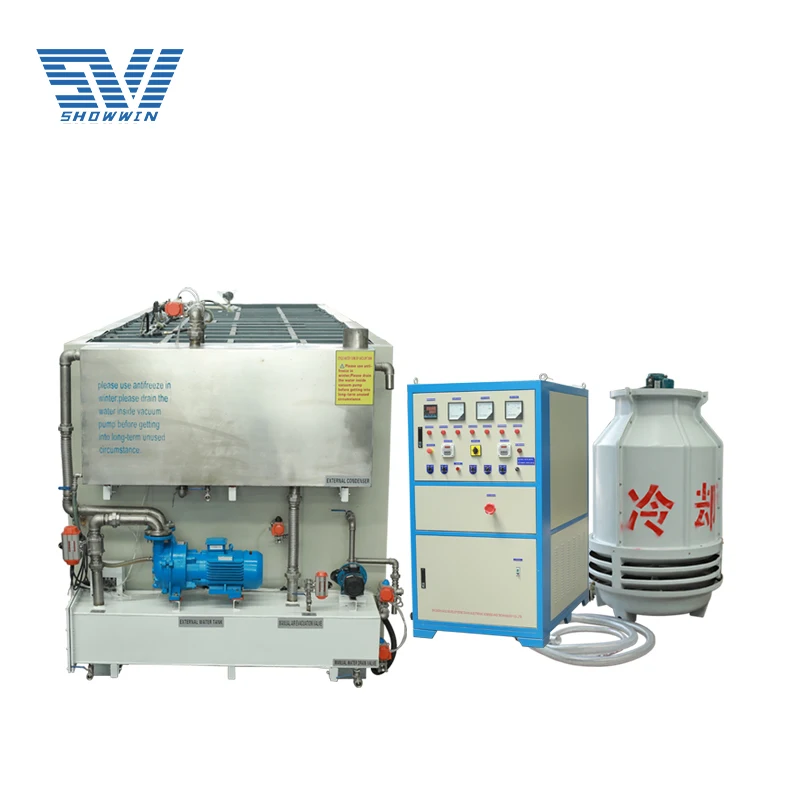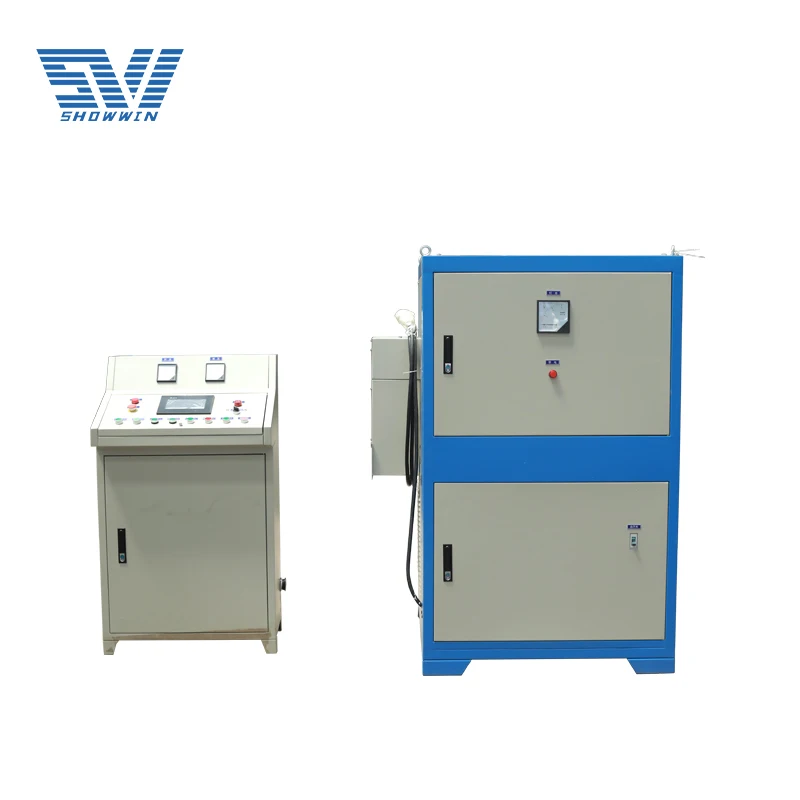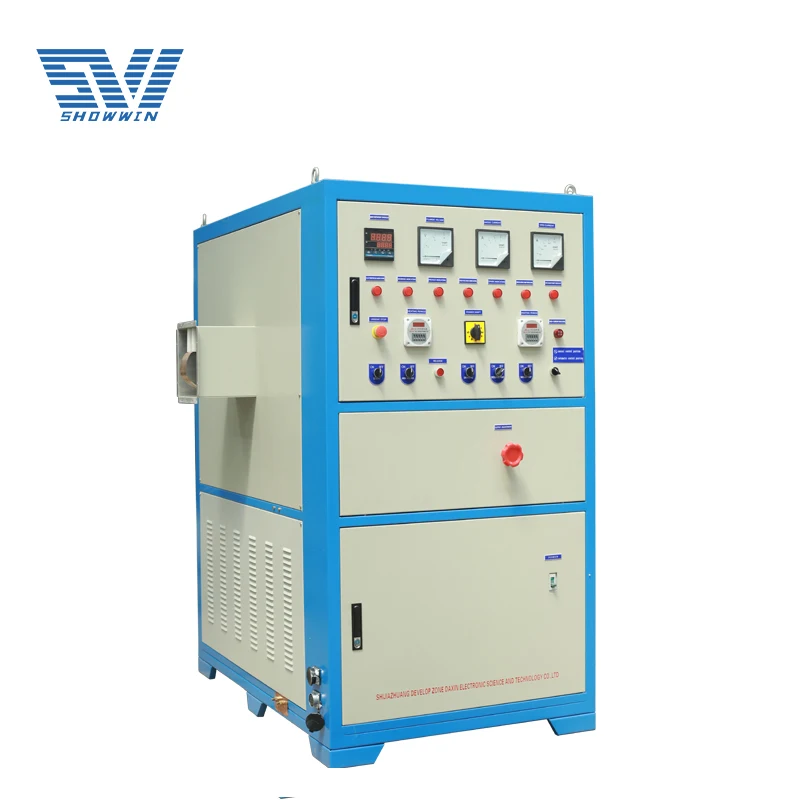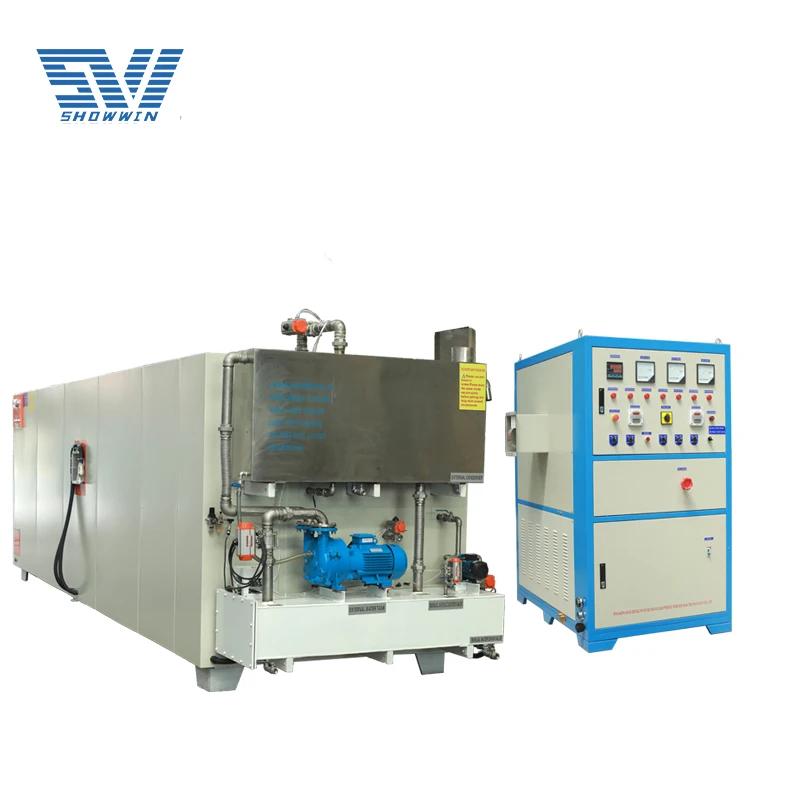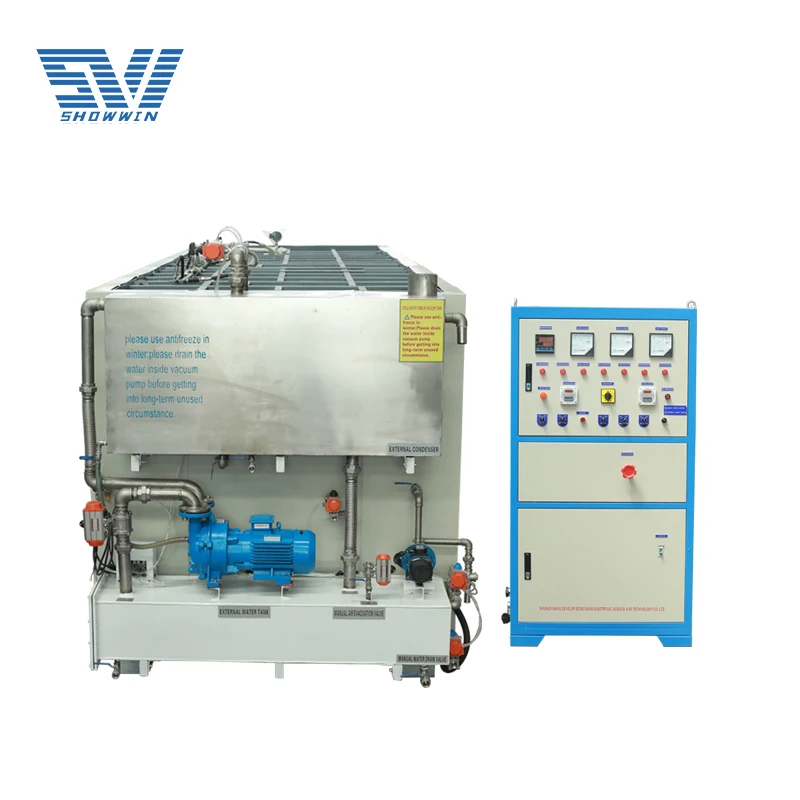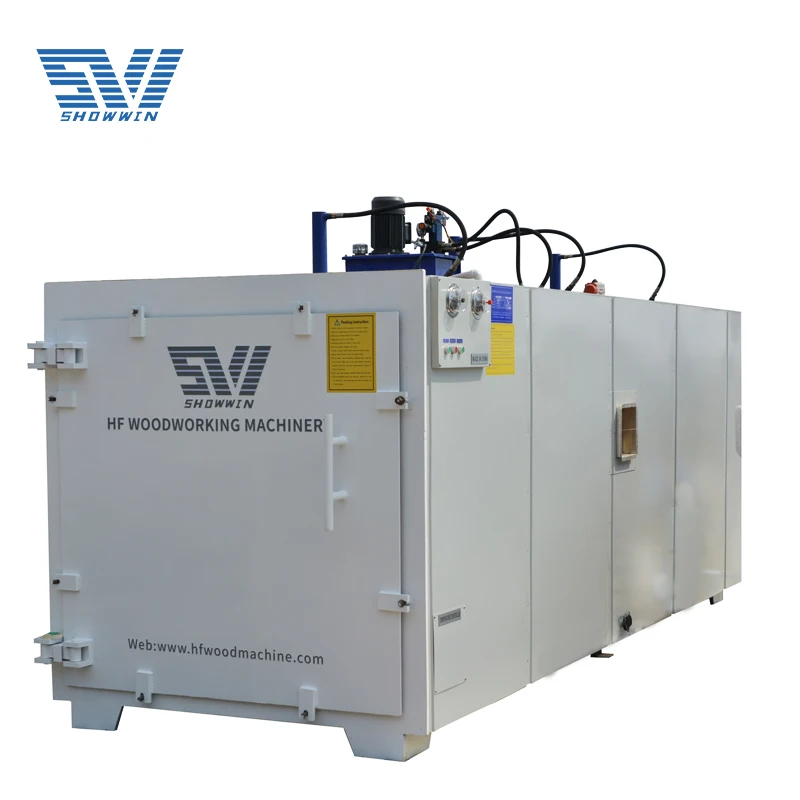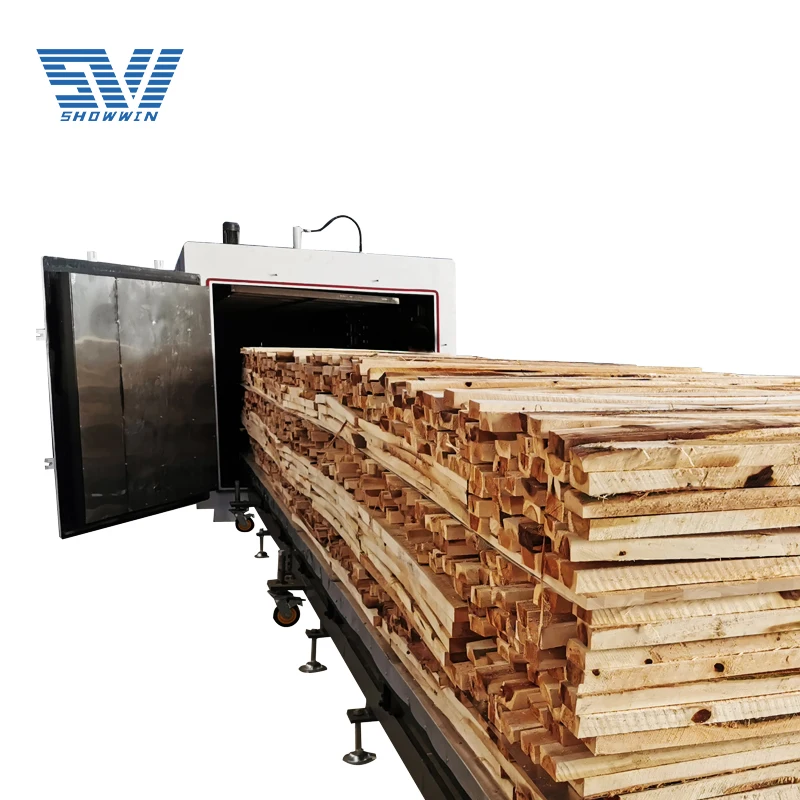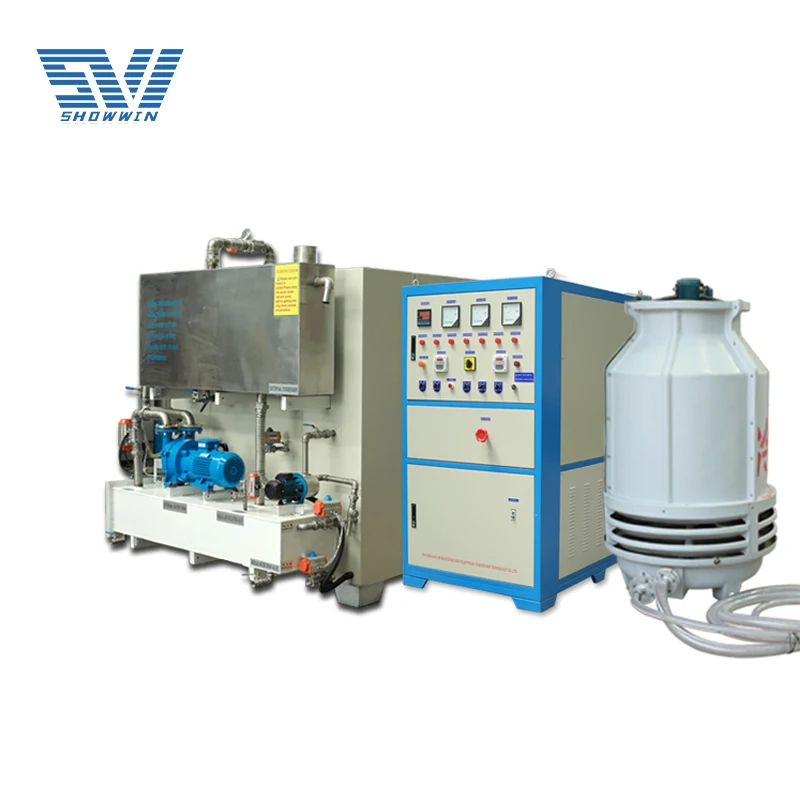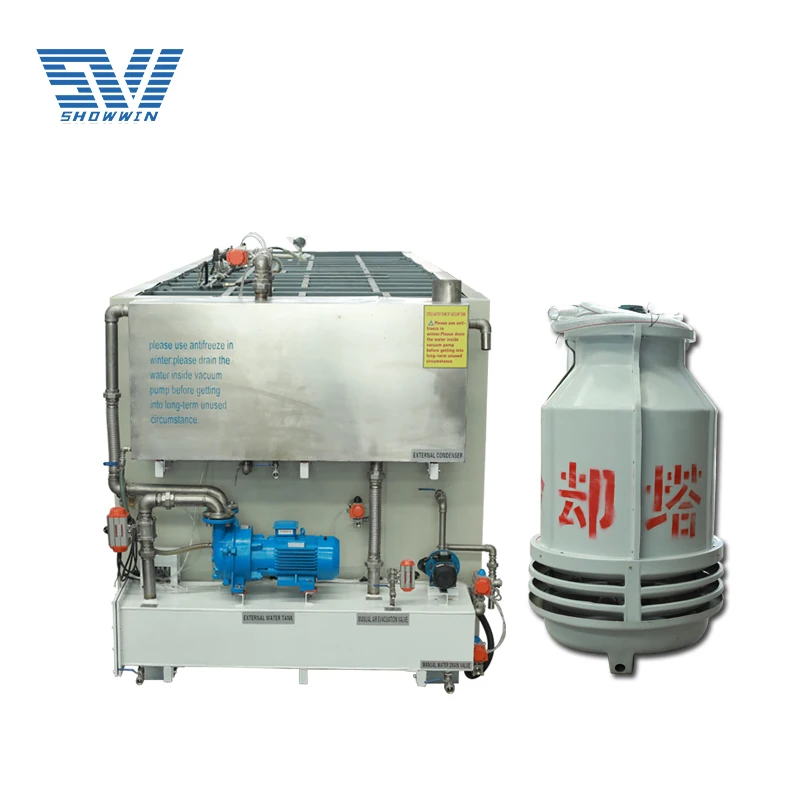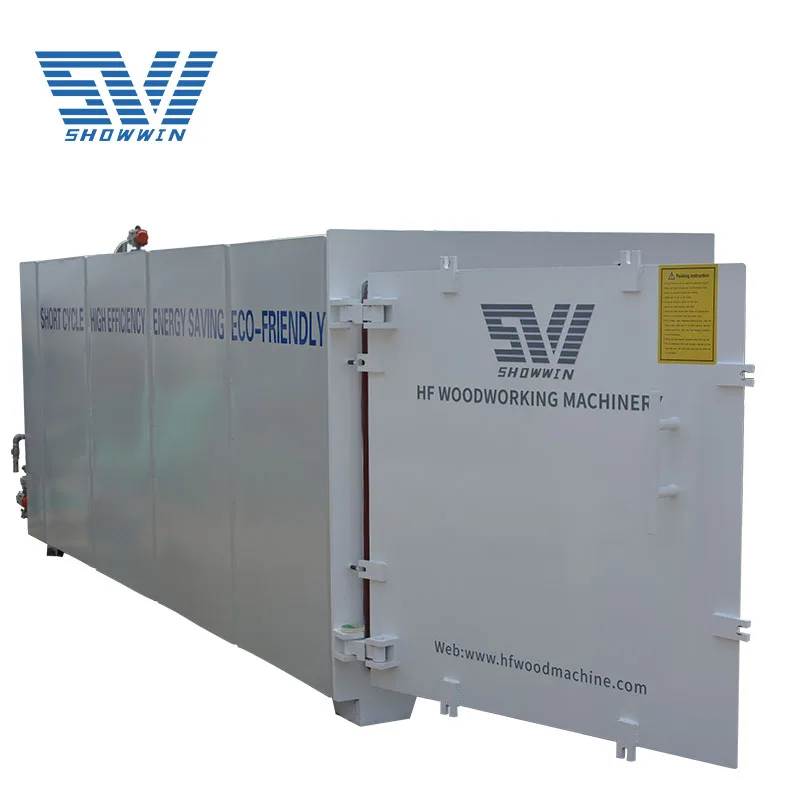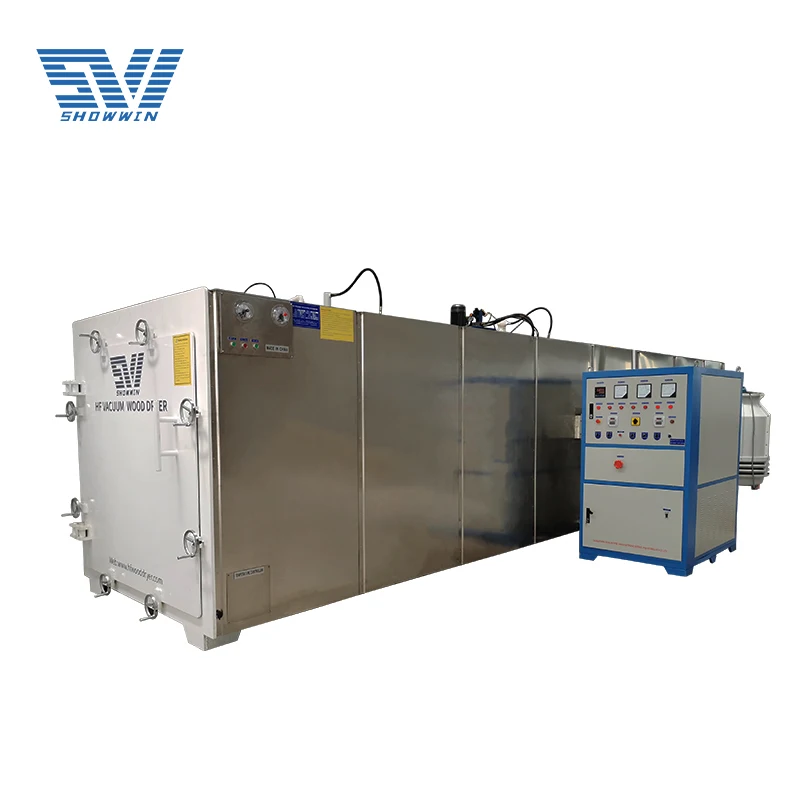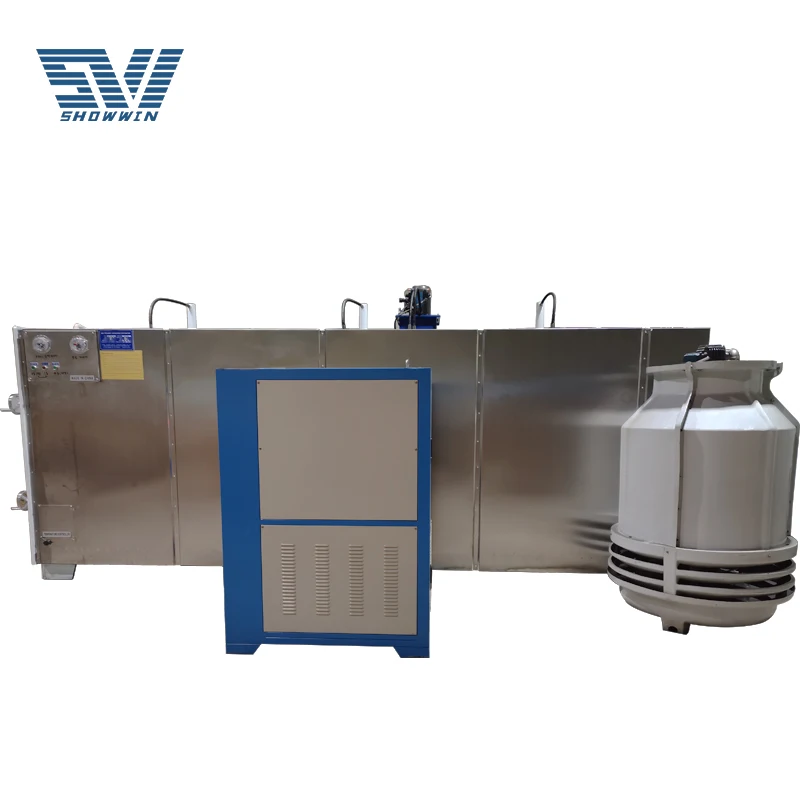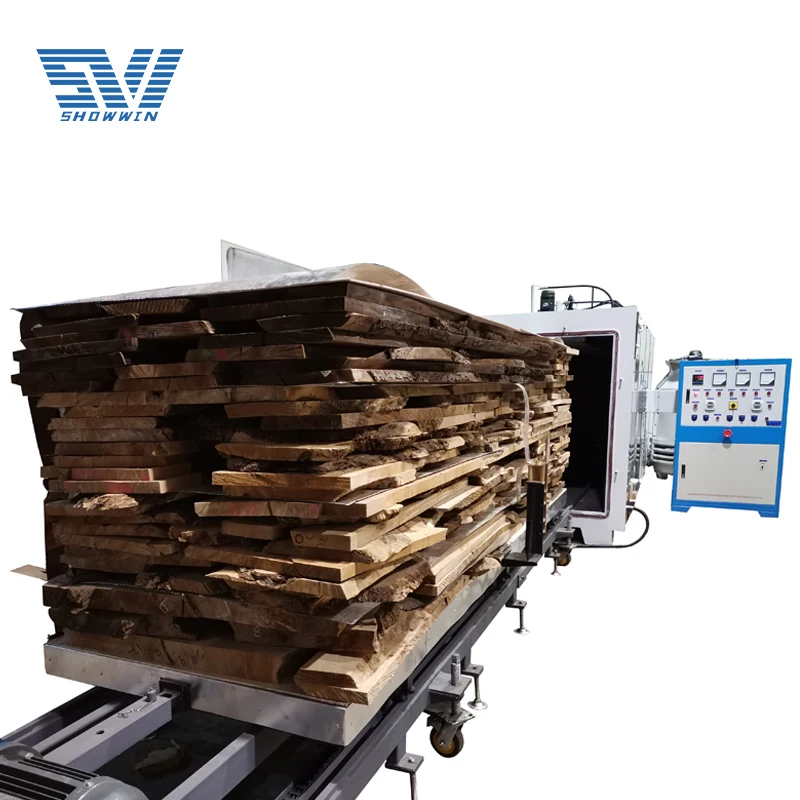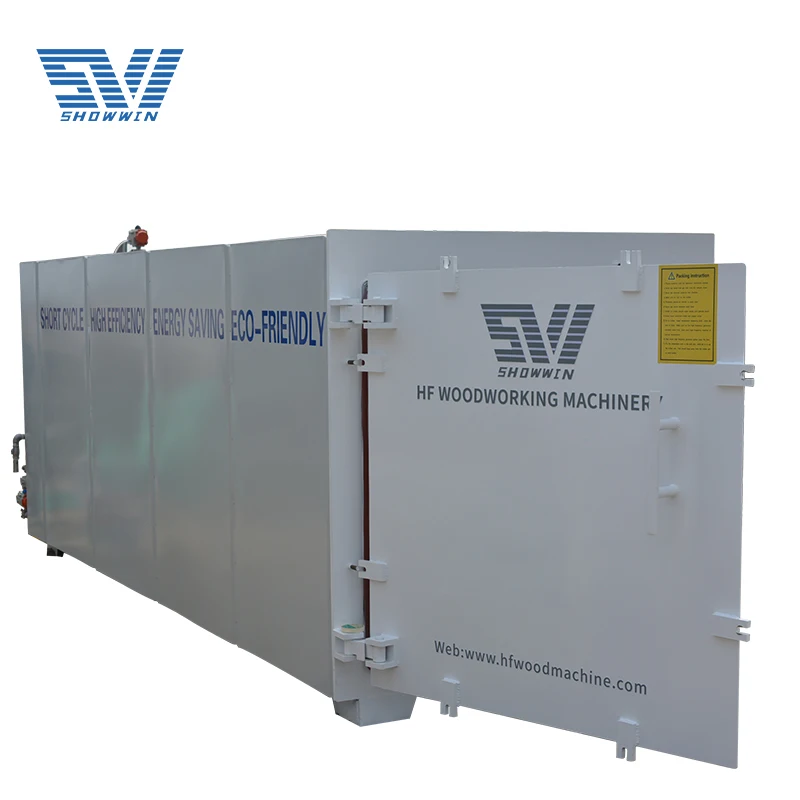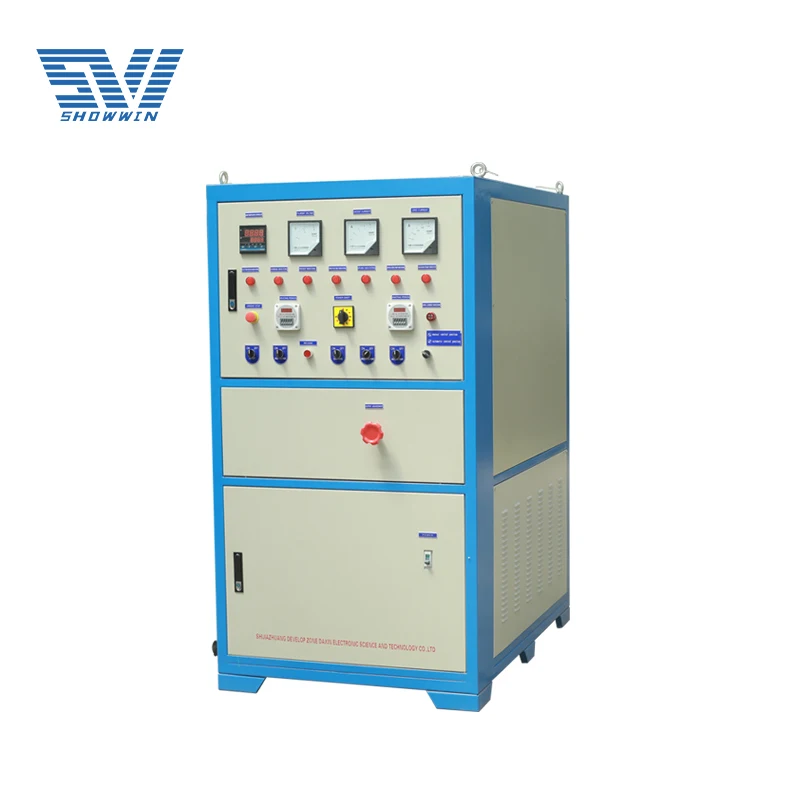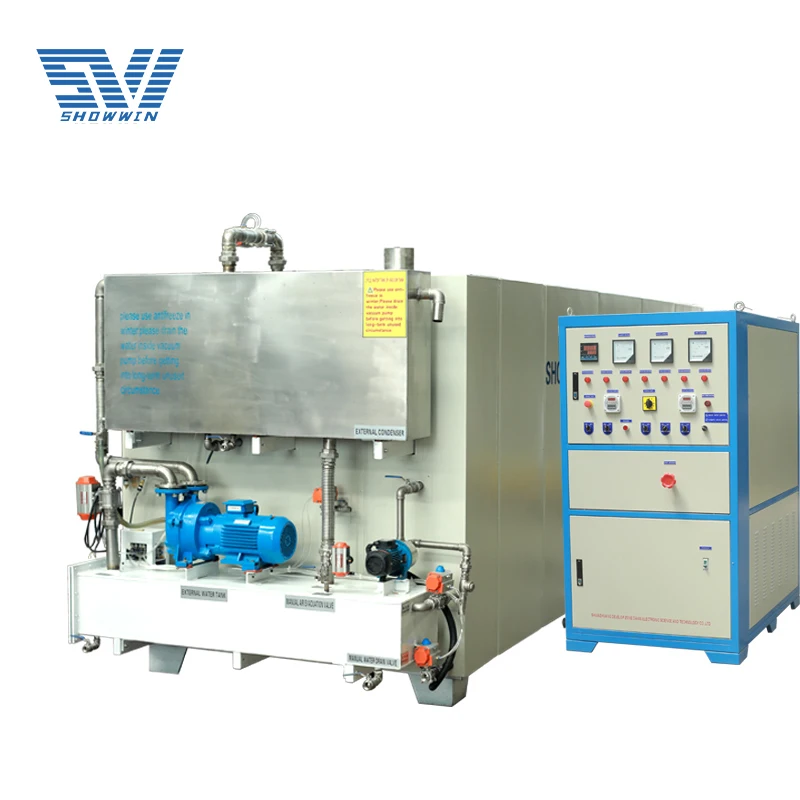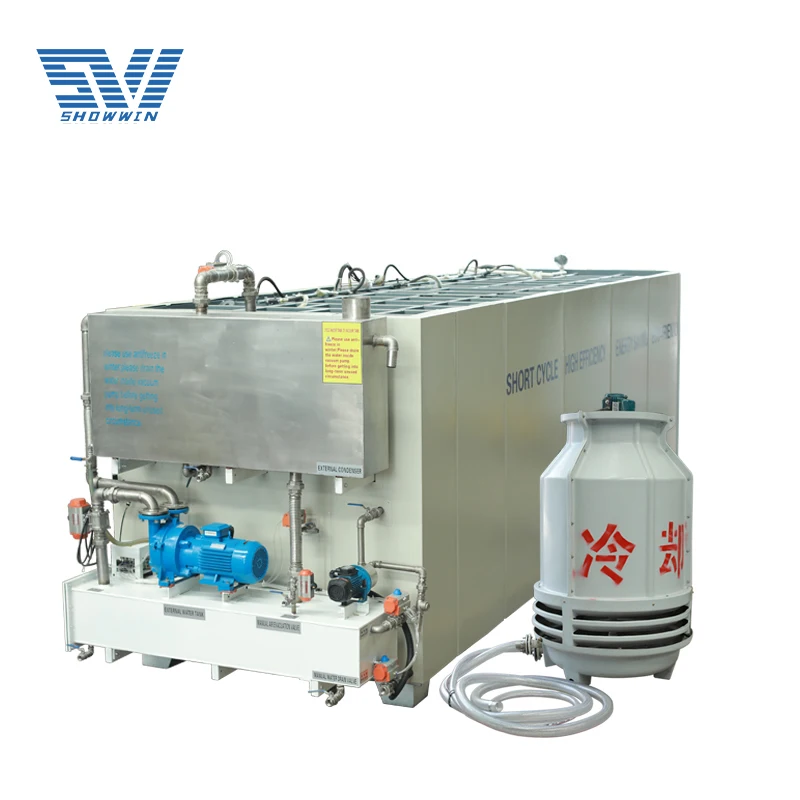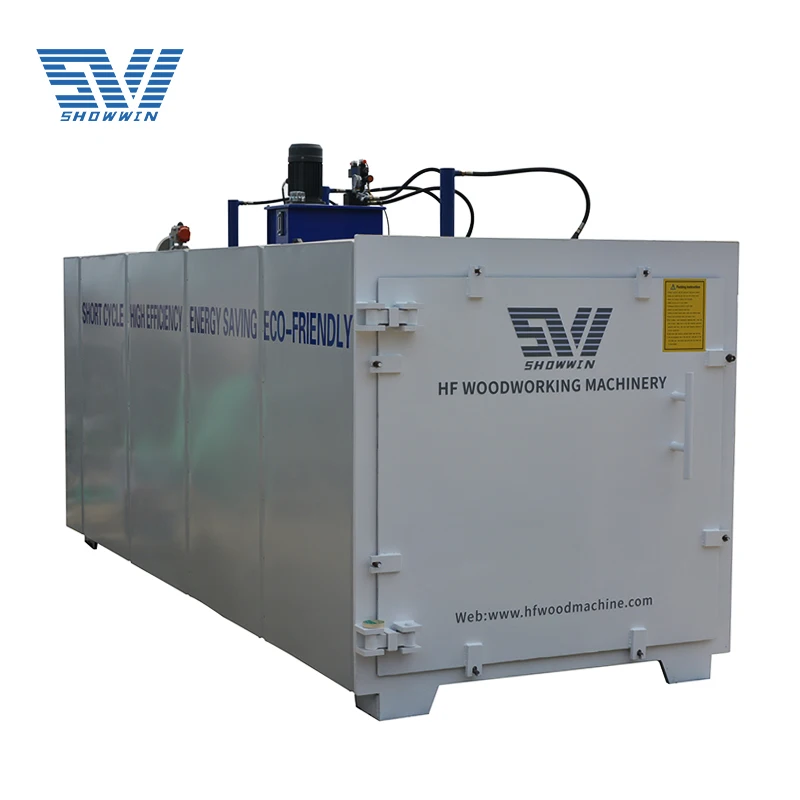HIPS: A Complete Guide for Buyers in 2025
High Impact Polystyrene (HIPS) remains one of the most versatile and cost-effective thermoplastics for various industrial applications. As we approach 2025, understanding this material's properties, applications, and sourcing strategies becomes crucial for buyers worldwide, especially those looking to import from China.
How to Find Reliable HIPS from China in 2025
The Chinese plastics market continues evolving, with several key trends emerging for HIPS procurement:
- Verified suppliers on B2B platforms like Alibaba now offer factory audits and quality certifications
- Many manufacturers are adopting eco-friendly production methods to meet global standards
- Digital procurement tools streamline the sourcing process with real-time pricing
Key verification steps include checking business licenses, requesting product samples, and confirming ISO 9001 certification. Leading industrial zones like Guangdong and Zhejiang provinces host most reputable HIPS producers.
What Buyers Should Know Before Buying HIPS from China
Critical considerations when importing HIPS:
| Factor | Details |
|---|---|
| MOQ | Typically 5-20 tons for competitive pricing |
| Lead Time | 15-45 days depending on customization |
| Payment Terms | 30% deposit, 70% before shipment is standard |
| Shipping | FOB prices most common; consider container sharing |
Always request material safety data sheets (MSDS) and third-party test reports for quality assurance.
Types of HIPS
Major HIPS variants include:
Standard Grade
General-purpose material with balanced impact strength and stiffness for packaging applications.
High Gloss
Contains special additives for superior surface finish, ideal for cosmetic packaging.
Flame Retardant
Incorporates additives to meet UL94 V-0/V-2 standards for electronic components.
FDA Compliant
Food-grade material suitable for food containers and disposable cutlery.
Functions and features of HIPS
Key characteristics that make HIPS valuable:
- Impact resistance 3-5 times greater than standard PS
- Excellent dimensional stability with shrinkage around 0.4-0.7%
- Good machinability for cutting, drilling, and thermoforming
- Surface hardness of Rockwell M65-80
- Operating temperature range: -20°C to 70°C
The material's rubber-modified structure provides its distinctive toughness while maintaining polystyrene's easy processability.
Scenarios of HIPS
Common applications across industries:
Packaging
Blister packs, clamshells, and point-of-purchase displays benefit from HIPS' clarity and rigidity.
Consumer Goods
Refrigerator liners, toys, and cosmetic cases utilize its impact resistance.
Electronics
Flame-retardant grades house printers, copiers, and small appliances.
Medical
FDA-compliant grades used in labware and disposable medical components.
How to Choose HIPS
Selection criteria based on application needs:
- Impact Requirements: Higher rubber content (8-12%) for demanding environments
- Regulatory Compliance: Verify food contact or flame retardant certifications
- Processing Method: Injection molding grades differ from thermoforming grades
- Appearance Needs: Consider gloss level and color consistency
- Cost Constraints: Standard grades cost 20-30% less than specialty formulations
Consult with manufacturers about your specific application for optimal grade selection.
HIPS Q & A
Q: What's the price range for HIPS in 2025?
A: Current projections suggest $1,200-$1,800/ton depending on grade and order volume, with potential fluctuations based on styrene monomer costs.
Q: How does HIPS compare to ABS?
A: While ABS offers higher heat resistance, HIPS provides better cost efficiency for room-temperature applications needing impact resistance.
Q: Can HIPS be recycled?
A: Yes, it's 100% recyclable (resin code #6), though separation from other plastics is recommended for quality recycled material.
Q: What's the typical lead time from Chinese suppliers?
A: Standard grades ship in 2-3 weeks; customized formulations may require 4-6 weeks production time.
Q: How should I store HIPS materials?
A: Keep in dry conditions below 40°C, away from direct sunlight to prevent yellowing or brittleness.



































